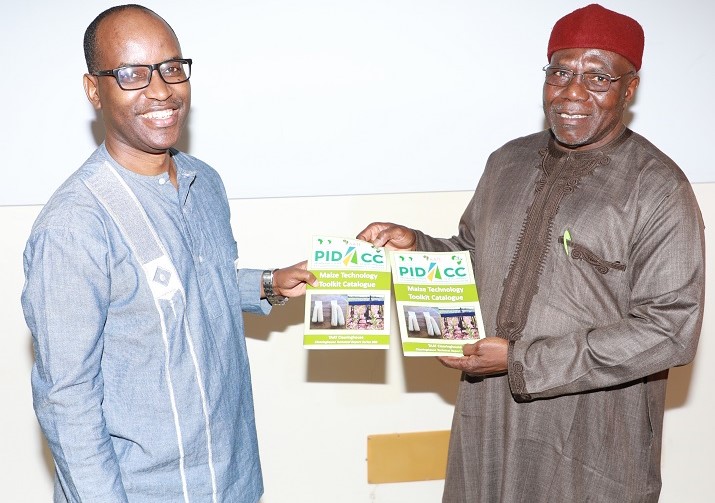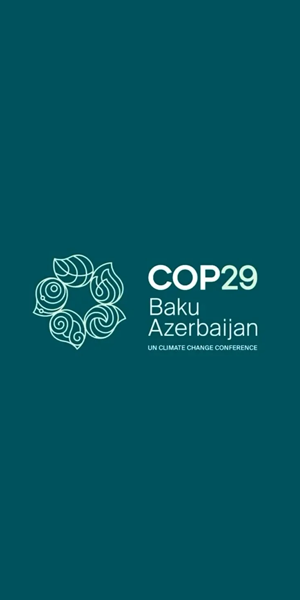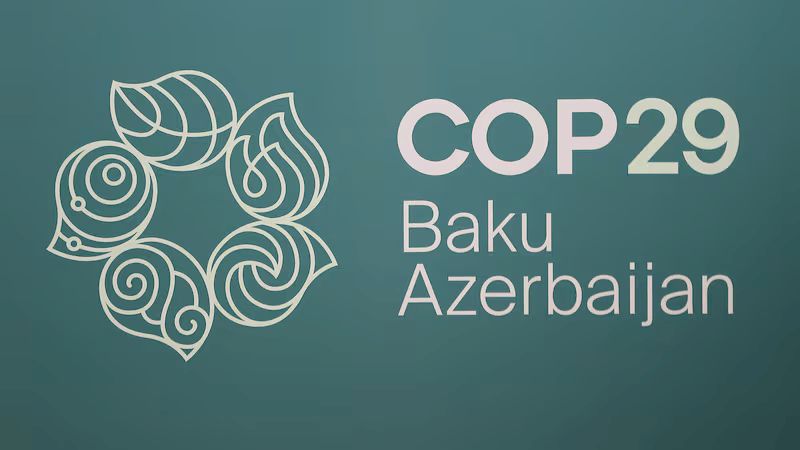
By Greg Odogwu
For more than one year now, the Nigerian government has been playing around with the idea of acquiring nuclear technology for electricity generation.
It started at the twilight days of the past administration of former President Goodluck Jonathan, when it was reported that his government signed an agreement with a Russian company, Rosatom, to cooperate on the design, construction, operation and decommissioning of an atomic power facility.
Then, three months ago, President Muhammadu Buhari received the Director-General of the International Atomic Energy Agency, Mr Yukiya Amano at the Presidential Villa with the Vice President, Yomi Osibanjo and some key ministers; where it was reported that the president told the IAEA boss that Nigeria welcomed the support of the agency for its aspiration to generate electricity using nuclear energy.
It was revealed that the power to be generated would be in the neighborhood of about 4,000 mega watts.
I did not really believe the government was serious about actually deploying nuclear technology until recently when a serving Nigerian Senator, Shehu Sani of Kaduna State, revealed that 2billion is already in the current Nigerian budget for the proposed nuclear power project.
That was when I realized that the government is actually serious about this nuclear thing. Then, I panicked!
How could one even start to imagine that a developing country like Nigeria, with all its infrastructural lapses, zero maintenance culture and poor leadership could handle a nuclear project of whatever size?
Nuclear power is not tea party, it is not a try-fail-and-repair project, and, seriously, it is not a matter of my-government-is-better-than-yours!
Let me paint a picture. If the abandoned Ajaokuta Steel factory in Lokoja were to be an abandoned nuclear sight, by now the whole country would have been a nuclear desert. This is because scavengers and vandals take materials from Ajaokuta and sell them as scraps around the country. They come in by night in boats, go in and pull out any perceived valuable component of the factory, and cart them away via the river channel.
Most of the time, the scavengers and vandals do not even know the value of what they are stealing apart from the fact that these materials in their perception “are valuable”. It is the dealers, to whom they sell, that decide which is which.
That was also how the components of the Katsina State wind energy turbine were pilfered by miscreants, thereby ending a billions-naira project that would have marked the first deployment of wind power in Nigeria.
The result of such “scavenging and vandalism” could be seen in what happened in Brazil in 1988 when two metal scavengers broke into an abandoned radiotherapy clinic (a nuclear project) and removed a teletherapy source capsule containing powdered Caesium-137.
By the time of diagnosis, 249 people were contaminated, 20 people seriously ill and 5 people died, right in the immediate neighborhood of the two scavengers who decided to take the poached material home.
The Nigerian government must be reminded that no matter the size or purpose of a nuclear plant, accidents do happen with radioactives and the effects of uncontrolled radioactive contamination are reported around the world, with many unreported. One can never be prepared enough.
Secondly, Nigeria is a country in a serial battle against insurgents and anti-government elements. These individuals over the years have used all sorts of weapons to fight both the government and the people.
It has seen cases of improvised bombs made in people’s bedrooms. It has also seen sophisticated shoulder-launched anti-aircraft guns wielded by these insurgents. In fact, there was a case of Boko Haram poisoning water reserves to kill civilians as a maximum impact strategy.
Now, what prevents insurgents from invading Nigerian nuclear facilities to acquire materials for dirty bombs? Even on the internet one could learn how to string together radioactive elements with conventional explosives for terror purposes.
I do not think the country’s security system is sophisticated enough to prevent a perimeter breach when the nuclear plants are built. In fact, knowing the corrupt system that persists in the public sector, one could even imagine foreign terrorists embarking on a project of extracting raw materials for nuclear bombs from Nigeria.
We have to remember that the same process used to manufacture low-enriched uranium for nuclear fuel also can be employed for the production of highly enriched uranium for nuclear weapons.
Thirdly, if Nigeria starts a nuclear plant, where shall it dispose the nuclear waste? As the plant begins operation, enormous quantities of radioactive waste are created during nuclear fuel process, including high-level radioactive waste, and low-level radioactive waste. Even a country as sophisticated as the United States finds it excruciatingly hard to dispose of its nuclear waste. Official and carefully groomed repositories are commissioned and decommissioned accordingly.
It was just a couple of weeks ago that the Chernobyl nuclear disaster’s thirty years anniversary was marked. After the Chernobyl accident, 220,000 were displaced; and the nuclear fallout rendered 4,440 square kilometers of agricultural land and 6,820 square kilometers of forest in Belarus and Ukraine unusable. That is a land mass that is more than that of Abuja, Nigeria’s capital city.
What of Fukushima, a nuclear accident that was triggered by natural disaster in a country as advanced as Japan? Twenty thousand people died, and the remediation is going to scrape off more top soil than that Nigeria is to do in Ogoni, its polluted Niger Delta town.
And lest we forget, the Ogoni contamination is mere oil, where humans are still living in the affected communities. Compared to oil, a nuclear contamination is apocalyptic, leaving associated casualties in their thousands. After Chernobyl, for instance, more than 100,000 of people involved in fire fighting and clean up operations have died so far because of radiation exposure from the accident.
I believe that no thoughtful government would trade the security and environmental safety of its citizenry for just 4,000 mega watts. It is like giving off one’s feet to be cut off in order to be given brand new designer shoes. The man gets the dream shoes, but has no feet to wear it.
Nigeria has so much sun that could readily give it 4,000 mega watts with less money than it would spend setting up a hazardous nuclear plant to generate same quantum of power.
By the way, why go nuclear when other developed countries like Germany, are shutting down their own nuclear plants, in order to embrace 100% renewable energy?










